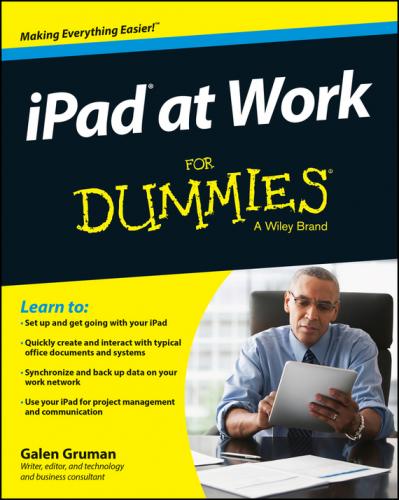Figure 2-4: Each mail account can have several business services available for use on the iPad.
In corporate environments, you may also be asked to accept a digital certificate. Doing so saves a file on your iPad that is like a second password that fills itself in for you, giving your network administrator extra assurance that your device is authorized when it later reconnects, as well as a way to keep track of the different devices that have connected.
In some corporate environments, Wi-Fi routers will also ask for additional credentials, usually the username and password you use at the office to access email and so forth (often called ActiveSync or Exchange credentials). Fill in what’s required to get that access.
In hotels, airports, and cafes, connecting to Wi-Fi is just the first step to gaining access to the Internet. Usually, after a few seconds, a Safari browser window opens, requiring you to sign up for (usually paid) access or enter your account credentials for that network’s provider. Sometimes all you have to do is accept some terms and conditions and look at an ad to get Internet access.
After you’ve connected to a Wi-Fi network, the iPad automatically reconnects in the future when you get in range. But you still may need to go through a web sign-up form at a commercial establishment.
Chapter 3
Ensuring Your iPad’s Security
In This Chapter
▶ Separating personal and business info stored on the same iPad
▶ Managing device permissions for everyone in your business
▶ Securing your iPad’s connections with virtual private networks
▶ Applying best practices to your iPad security
Chances are that if you use an iPad for work, it’s one you bought and control, even if the company reimbursed you. Even if the company bought it, the iPad you use will all but certainly wind up containing personal information of yours in addition to business information.
That’s why you need to understand how that mix of personal and business use affects the information you work with, and how to protect both yourself and your business.
This chapter shows you how to keep your personal and business data separate on your iPad, how to manage your iPad's security through a variety of methods, and how to secure your Internet connections using a virtual private network (VPN). Finally, it surveys the best security practices that I recommend you adopt in using your iPad for work. Remember: When you use your iPad for work, you have more to protect than just your personal emails and photos.
Keeping Work and Personal Data Separate
Few employees worry about the commingling of their personal and work data, but IT departments do. That’s because many businesses need to monitor where company information goes, as well as what information flows through their networks, to comply with legal auditing requirements, investigate potential security breaches, and investigate other legal issues such as sexual harassment.
But don’t be scared: These are worst-case scenarios that explain why your company likely has policies governing how you can access information from the company on your equipment and what personal activities you can do at the office. They also explain why your company may require you to use mobile device management software (described later in this chapter) or at least enable remote wipe on your iPad if you use it for work.
Separating work and personal isn’t so easy
The best strategy for addressing these concerns is to keep information you want private off any system that accesses corporate systems. Or vice versa. In extreme cases, you’ll have separate phones, iPads, and computers for work and personal use – that’s the norm in the defense industry, for example.
Outside of such highly regulated industries, the formal norm has been to use company email systems only for company information, and to save your personal affairs for your home computer.
But most of us long ago crossed the work-personal divide in our computing, such as by bringing work home to work on our home PCs, accessing email from our smartphones and home PCs, and increasingly using our own iPads at the office. After all, many professionals are expected to get the job done no matter how long it takes or where they are, and to be available as needed.
The usually unspoken rule is that employers let you handle personal issues at the office or work at home sometimes to handle personal issues such as watching the kids on school holidays – you work from home, and you can do personal stuff on “work time” and even on work equipment. The expectation is that you will use personal email for personal correspondence and use the web to do personal business rather than install personal software on your work devices.
Legally, that strategy still exposes your personal devices and accounts to investigations and monitoring, but the cleaner your separation, the less likely that any investigation will need to go through your personal information.
Drawing a line between personal life and work on your iPad
So, what does this mean for the iPad? This section covers some strategies to use to minimize the mixing of personal and business on your tablet.
Email, calendars, notes, tasks, and contacts should be stored on separate servers
As Chapter 2 explains, the iPad supports multiple accounts for the servers that handle this information, and I recommend that you use them.
When composing emails in the Mail app, be sure the From address is from the correct account; if not, tap the current account name in your email message and choose the correct one. If you go to the Mailboxes view in the Mail app on your iPad, shown in
